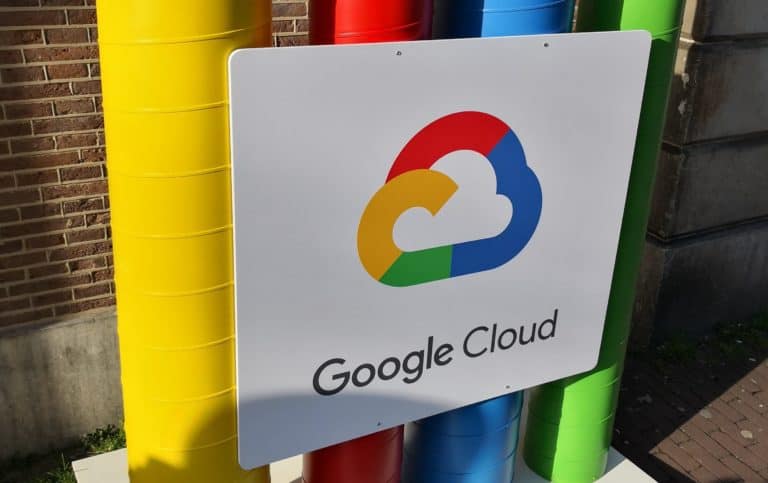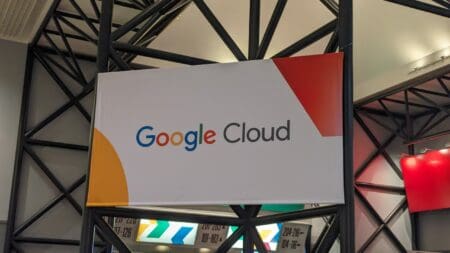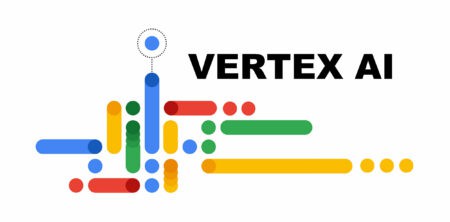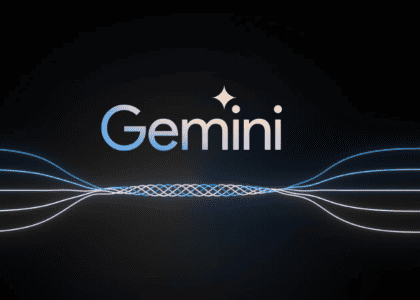Google has announced that it will integrate its BigQuery cloud data warehouse and analytics service with Kaggle. Kaggle is an online community for data scientists and other interested parties in machine learning to analyze and share their work.
By combining BigQuery with Kaggle – which Google acquired two years ago – it becomes possible to query data in an “intuitive development environment”, without having to move or download the information first, writes Silicon Angle.
Users can perform SQL queries, train machine learning models on SQL, and analyze these models in Kernels. Kernels is Kaggle’s free hosted Jupyter notebook environment. Jypyter notebooks are web applications that make it easier for data scientists to share and collaborate on software code.
Operation
To use this, data scientists must create a Google Cloud account and link it to their Kernels notebook or script. Once that is done, they can query and analyze the data directly from the notebook using the BigQuery API library.
“For example, it is possible to import the latest data science libraries such as Matplotlib, scikit-learn and XGBoost to visualize results or to train state-of-the-art machine learning models,” said Jessica Li, product manager at Kaggle, and BigQury director Jordan Tigani. In addition, data science should be able to use the free compute, which contains GPUs, up to 16GB of RAM and nine hours of execution time.
According to Google, querying and analyzing data with Kaggle is a more seamless process because there is no need to query the data within a query editor and then export the data elsewhere to complete the analysis. This has been the case before. In addition, scientists can easily publish their Kernels, because Kaggle is a subplatform. As a result, data science can also be discussed with other professionals.
This news article was automatically translated from Dutch to give Techzine.eu a head start. All news articles after September 1, 2019 are written in native English and NOT translated. All our background stories are written in native English as well. For more information read our launch article.


















